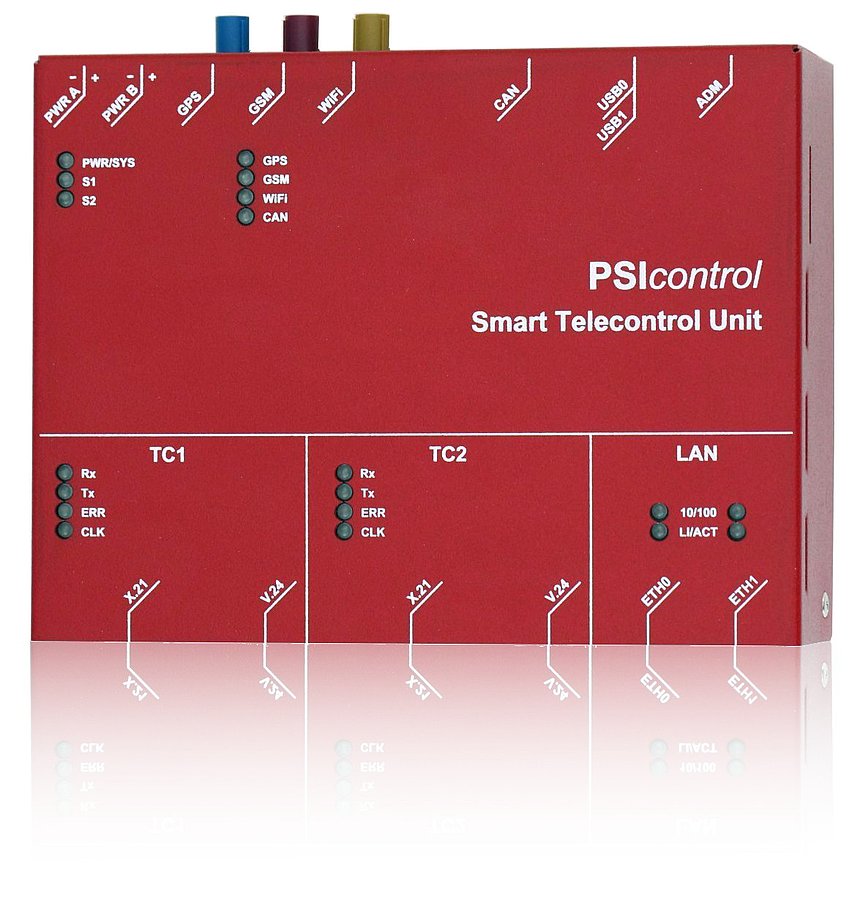1. EXECUTIVE SUMMARY
-
CVSS v3 8.5
- ATTENTION: Remotely exploitable/low skill level to exploit
- Vendor: PSI GridConnect GmbH (formerly known as PSI Nentec GmbH)
- Equipment: Telecontrol Gateway and Smart Telecontrol Unit family, IEC104 Security Proxy
- Vulnerability: Cross-site Scripting
2. RISK EVALUATION
Successful exploitation of this vulnerability could allow an attacker to execute dynamic scripts in the context of the application, which could allow cross-site scripting attacks.
3. TECHNICAL DETAILS
3.1 AFFECTED PRODUCTS
The following products are affected:
- Telecontrol Gateway 3G Versions 4.2.21, 5.0.27, 5.1.19, 6.0.16 and prior;
- Telecontrol Gateway XS-MU Versions 4.2.21, 5.0.27, 5.1.19, 6.0.16 and prior;
- Telecontrol Gateway VM Versions 4.2.21, 5.0.27, 5.1.19, 6.0.16 and prior;
- Smart Telecontrol Unit TCG Versions 5.0.27, 5.1.19, 6.0.16 and prior; and
- IEC104 Security Proxy Version 2.2.10 and prior.
3.2 VULNERABILITY OVERVIEW
3.2.1 IMPROPER NEUTRALIZATION OF INPUT DURING WEB PAGE GENERATION (‘CROSS-SITE SCRIPTING’) CWE-79
The web application browser interprets input as active HTML, JavaScript, or VBScript, which could allow an attacker to execute arbitrary code.
CVE-2019-6528 has been assigned to this vulnerability. A CVSS v3 base score of 8.5 has been calculated; the CVSS vector string is (AV:N/AC:L/PR:L/UI:N/S:C/C:H/I:L/A:N).
3.3 BACKGROUND
- CRITICAL INFRASTRUCTURE SECTORS: Energy
- COUNTRIES/AREAS DEPLOYED: Worldwide
- COMPANY HEADQUARTERS LOCATION: Germany
3.4 RESEARCHER
M. Can Kurnaz reported this vulnerability to NCCIC. NCCIC coordinated with BSI Germany.
4. MITIGATIONS
PSI recommends users of affected devices update their devices to a version where this vulnerability is patched.
To obtain the update, contact PSI GridConnect via email at: support@psigridconnect.com. A fix for the vulnerability is available in the following software releases:
- 5.1.20,
- 6.0.17, and
- IEC104 Security Proxy Version 2.2.11
The following software releases are no longer supported:
- 4.2.x, and
- 5.0.x
PSI recommends deactivating the webserver via CLI since the web interface is not essential to the configuration of the device.
NCCIC recommends users take defensive measures to minimize the risk of exploitation of this vulnerability. Specifically, users should:
- Minimize network exposure for all control system devices and/or systems, and ensure that they are not accessible from the Internet.
- Locate control system networks and remote devices behind firewalls, and isolate them from the business network.
- When remote access is required, use secure methods, such as Virtual Private Networks (VPNs), recognizing that VPNs may have vulnerabilities and should be updated to the most current version available. Also recognize that VPN is only as secure as the connected devices.
NCCIC reminds organizations to perform proper impact analysis and risk assessment prior to deploying defensive measures.
NCCIC also provides a section for control systems security recommended practices on the ICS-CERT web page. Several recommended practices are available for reading and download, including Improving Industrial Control Systems Cybersecurity with Defense-in-Depth Strategies.
Additional mitigation guidance and recommended practices are publicly available on the ICS-CERT website in the Technical Information Paper, ICS-TIP-12-146-01B–Targeted Cyber Intrusion Detection and Mitigation Strategies.
Organizations observing any suspected malicious activity should follow their established internal procedures and report their findings to NCCIC for tracking and correlation against other incidents.
No known public exploits specifically target this vulnerability.
Source:
https://ics-cert.us-cert.gov/advisories/ICSA-19-059-01
